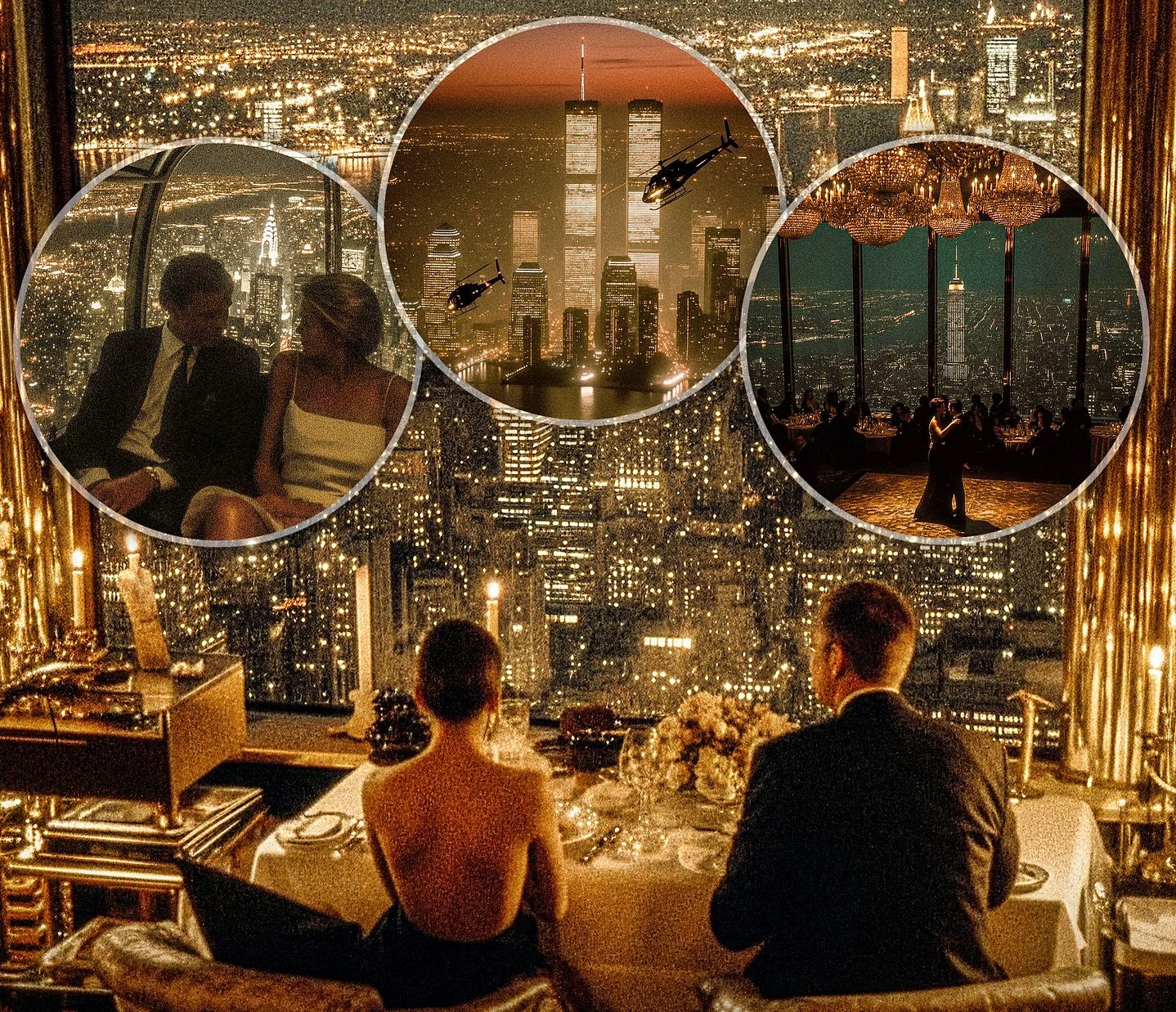How New York’s High-End Lifestyle in the 1990s Became a Symbol of Wealth, Glamour, and Unforgettable Nightlife
There was a time when New York City at night didn’t just glow — it shimmered. The 1990s in Manhattan were unlike any other era, a decade where the city seemed to live in a permanent state of high energy, ambition, and indulgence. The skyline was crowned by the twin towers, black cars lined the curbs outside downtown lofts, and every party seemed to carry a sense of cinematic charm. It was an age when success felt tangible, and the air buzzed with the sound of opportunity.
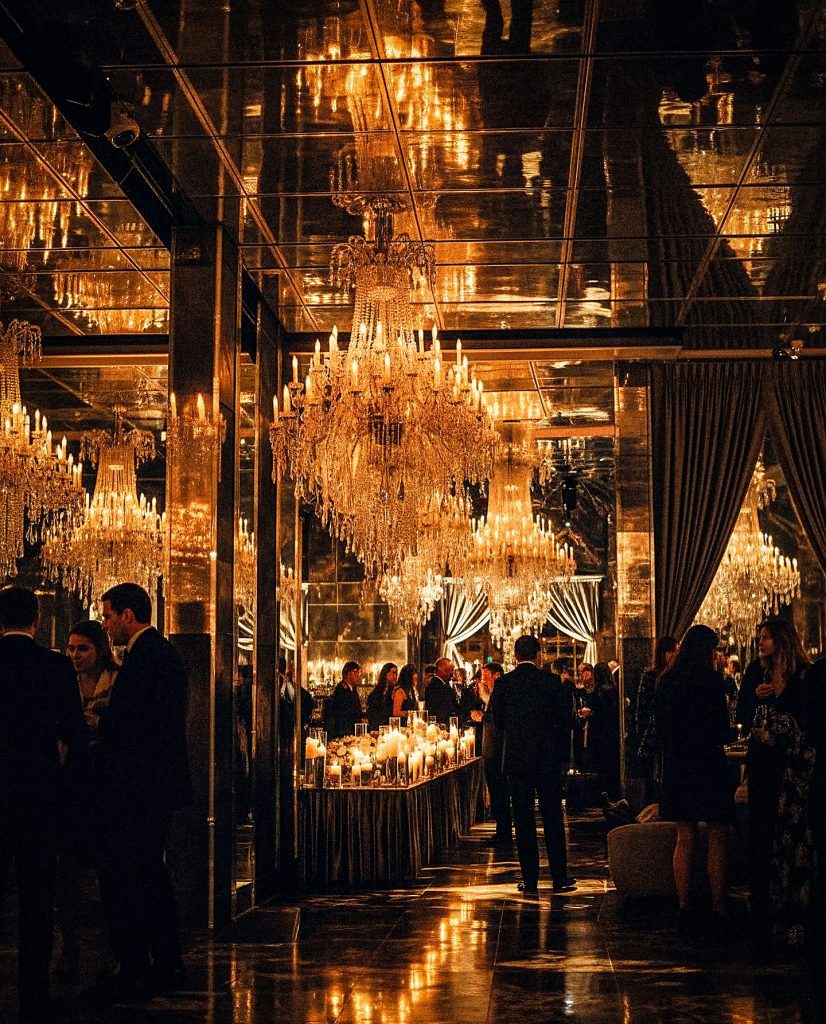
From Wall Street’s adrenaline to fashion week’s flashing cameras, 1990s New York was the global stage for style and money. It was the era of power suits, champagne toasts, and after-hours gatherings where finance met fashion, and culture met chaos. People didn’t just live in the city — they performed in it. Every dinner, every gallery opening, every late-night rooftop felt like a scene from a movie you wished you could live in forever.
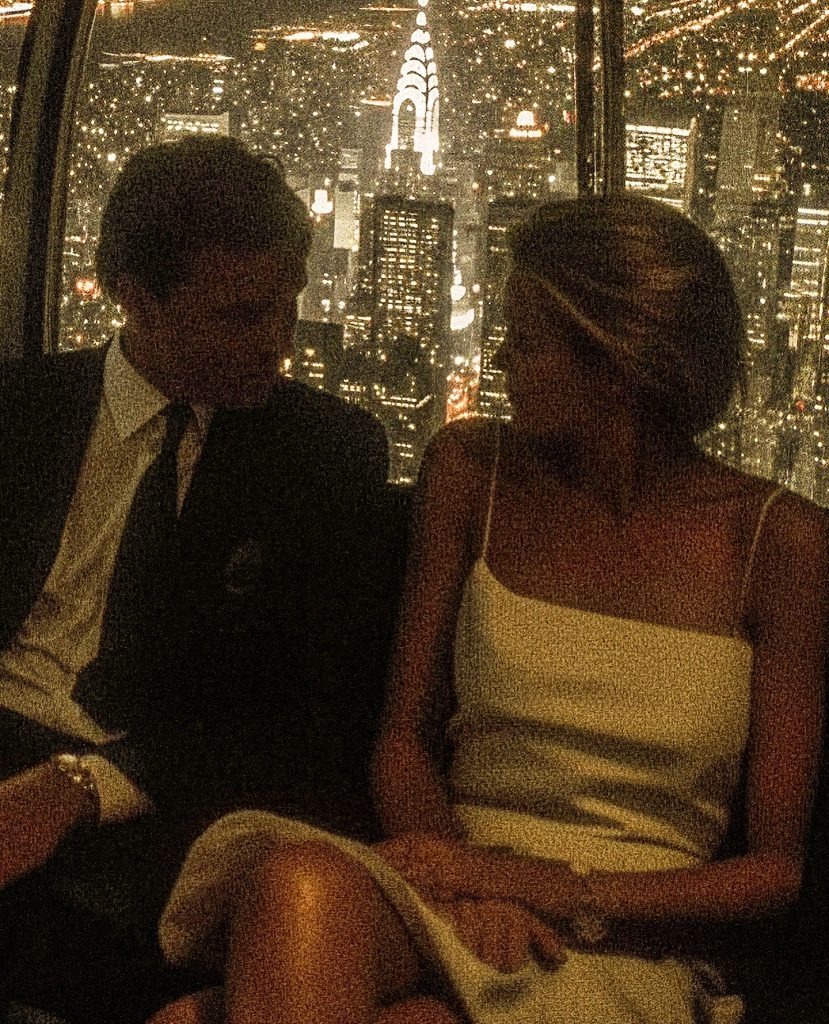
The high-end lifestyle of the time wasn’t just about wealth; it was about presence. Steakhouses like Smith & Wollensky and restaurants such as The Four Seasons buzzed with chatter between Wall Street dealmakers and magazine editors. Uptown, Park Avenue penthouses hosted intimate soirées where art dealers mingled with politicians, and conversations floated between Basquiat and the stock market. Downtown, SoHo and Tribeca became the city’s creative playgrounds — raw, edgy, and irresistible to those who craved something different from uptown polish.

At night, the city came alive in ways that felt electric. You’d step out of a black car in front of a velvet-rope club like Tunnel or Limelight and be instantly swallowed by pulsing lights, booming bass, and a crowd dressed in everything from Armani to underground streetwear. Models, musicians, and millionaires danced shoulder-to-shoulder in the same rooms, as if social class didn’t exist for a few fleeting hours. The exclusivity was part of the thrill — not everyone got in, and that was exactly the point.
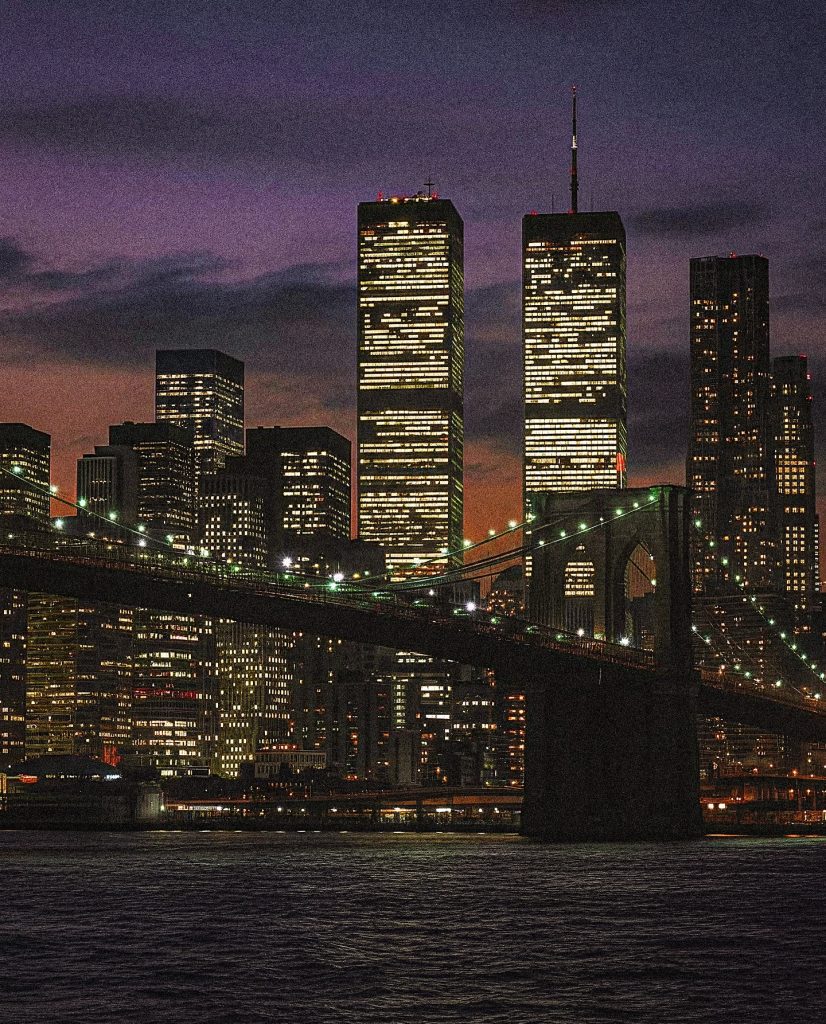
Hotels were more than places to sleep; they were experiences. The Plaza and The Waldorf Astoria were timeless symbols of elegance, but the new wave of boutique hotels — like the Mercer or the Royalton — began redefining luxury for a younger, trendier generation. These were spaces designed for conversation and connection, places where you could have a martini with a filmmaker or stumble into a spontaneous photoshoot in the lobby.

And then there were the views. Dining atop the World Trade Center’s Windows on the World was more than a meal — it was a memory etched in light. Couples would sit by the glass walls overlooking the city, sipping wine as helicopters traced paths over the Hudson. The Empire State Building glowed in the distance, and for a moment, it felt like the center of the world existed right there in Manhattan’s night sky.

Wall Street was the pulse that kept the city’s luxury lifestyle moving. The stock market’s highs in the mid-90s filled Manhattan with an optimism that was visible on every corner. Champagne bars, designer stores, and lavish apartments became the physical symbols of success. You could feel it in the fashion too — crisp suits, sharp heels, and bold statements were everywhere. Labels like Prada, Versace, and Ralph Lauren weren’t just brands; they were declarations of ambition.

But alongside the glitz, there was artistry. New York’s creative heartbeat was just as powerful as its financial one. Artists were redefining the city’s visual identity — from the graffiti-covered streets of the East Village to the minimalist galleries of Chelsea. Broadway was entering a new golden age, and the fashion scene was pushing boundaries that would shape trends for decades. The lines between culture, luxury, and nightlife blurred completely, creating an atmosphere that was equal parts sophistication and rebellion.

For those who lived it, the 1990s in New York were about connection. Without smartphones or social media, nights were about being present — talking, laughing, dancing, and living in the moment. Deals were made over cocktails, friendships formed under the glow of chandeliers, and dreams discussed in corner booths overlooking the city. The skyline wasn’t just a backdrop; it was a living, breathing reminder of what ambition could look like.
Even now, that energy lingers. Today’s rooftop lounges, members-only clubs, and hotel bars still try to recreate that golden-era magic — the balance of exclusivity and excitement that defined the decade. But there was something about 1990s New York that can’t quite be replicated. It wasn’t just about luxury; it was about the feeling that anything could happen at any hour. You could walk into a downtown loft and find an A-list actor, a Wall Street broker, and a rising designer all in one room, each chasing a version of the American dream in their own way.
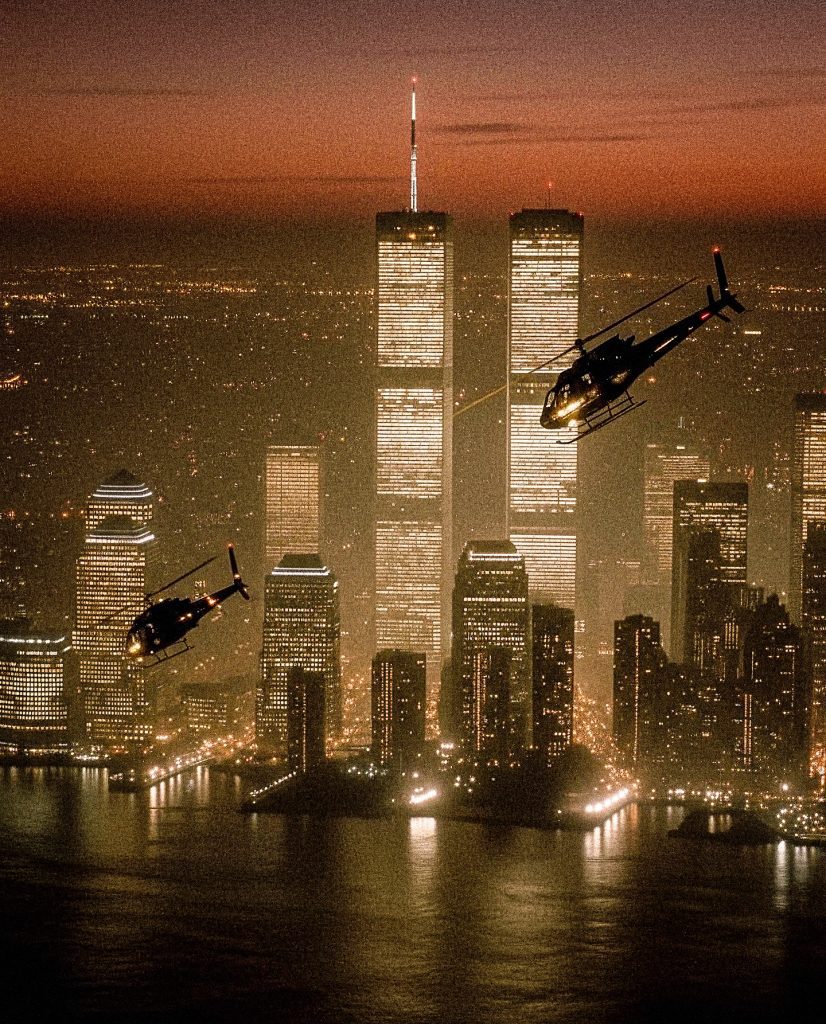
New York in the 1990s was the intersection of elegance and edge — where business met art, and dreams met reality. Helicopters glided above the skyline, limousines glimmered under streetlights, and champagne flowed freely. The music, the laughter, the city’s constant hum — it all fused into something unforgettable. It was an age when life felt cinematic, the kind of energy that made you believe the night would never end.
Even decades later, photos from that era still hold power. They remind us of a time when the city was both glamorous and gritty, when people dressed up not for selfies but for stories. The twin towers stood tall, the Empire State shone like a jewel, and every penthouse dinner or candlelit dance floor seemed to belong to a different world.

New York has evolved since then, but its heart remains the same. The skyline still dazzles, the ambition still burns, and somewhere in the rhythm of the night — between the laughter echoing from rooftop bars and the sparkle of the Hudson — the spirit of 1990s New York still lives on. A time of gold, grit, and unstoppable glamour.

